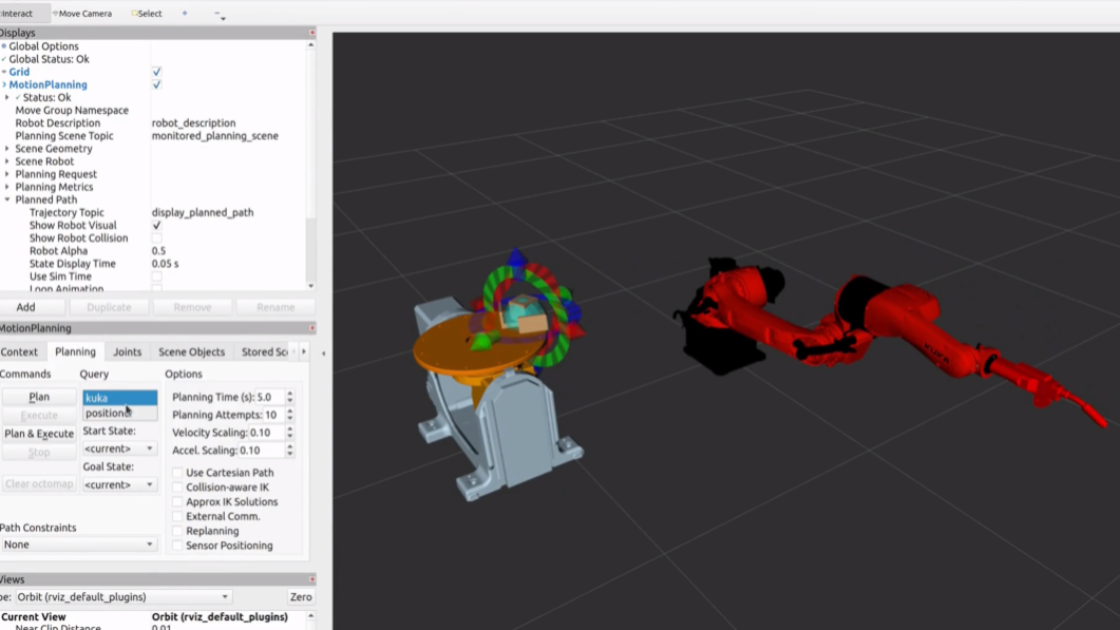 Certified Startup
Certified Startup



Roslab: The Unified Digital Ecosystem for Academic Robotics Labs
Roslab transforms academic robotics labs into interconnected, industry-aligned ecosystems by integrating operational management, immersive training, and industry collaboration into a single platform. It enables colleges to maximize the value of their robotics assets while providing students with industry-relevant experience through high-fidelity digital twins and standardized curricula.
1. Platform Overview
Roslab serves as the central nervous system for robotics departments, unifying:
- Lab Management & Scheduling
- Virtualized Robot Training & Maintenance Simulation
- Industry-Academia Collaboration Tools
It bridges the gap between theoretical education and practical skills demanded by Industry 4.0, creating a sustainable ecosystem for students, faculty, and robot manufacturers.
2. Key Features & Capabilities
A. Operational Management
- Unified Booking System: Students/researchers reserve lab time and specific robots (e.g., ABB Cobots, UR arms, AMRs) online.
- Live Lab Status Dashboard: Real-time visibility into robot utilization, maintenance status, and project progress.
- Maintenance Tracking: Automated service alerts, repair history, and predictive maintenance for lab equipment.
- Inventory Management: Track spare parts, consumables, and procurement needs for hardware.
B. Immersive Training & Digital Twins
- High-Fidelity Digital Twins: Virtual replicas of lab robots (e.g., ABB Cobots, Mobile Robots) for risk-free programming, maintenance, and repair practice.
- LMS Integration: Structured courses for robot operation, programming (ROS), and maintenance, with step-by-step simulations.
- Certification Pathways: Standardized curricula for robot-specific certifications (e.g., Certified ABB Robot Programmer).
C. Industry Collaboration
- OEM Portal: Robot manufacturers (e.g., ABB, Fanuc, Universal Robots) publish digital twins, certified courses, and maintenance guides.
- Research Integration: Tools for collaborative projects between universities and industry partners.
- Placement Bridge: Industry access to student skill profiles and project portfolios.
3. Stakeholder Roles & Benefits
Stakeholder | Role & Responsibilities | Benefits
Students | Practice programming/maintenance via digital twins; book lab time; build project portfolios. | Hands-on skills without hardware risks; industry-aligned certifications.
Faculty / Lab Managers | Create syllabi; assign projects; monitor lab usage; manage maintenance. | Efficient resource allocation; data-driven curriculum updates.
Robot Manufacturers | Provide digital twins; publish certified courses; offer remote technical support. | Direct access to talent; reduced support burden; ecosystem loyalty.
Researchers | Use digital twins for algorithm testing; collaborate with industry on simulations. | Faster iteration; secure remote collaboration.
4. Technical Architecture
- Cloud-Native Platform: Accessible from anywhere, with secure role-based access.
- API Integration: Compatible with ROS, MATLAB, Simulink, and lab management systems.
- Digital Twin SDK: Allows universities to create twins of custom robots.
- Analytics Dashboard: Track student performance, equipment utilization, and maintenance trends.
5. Implementation for Academia
- Pilot Phase: Deploy with core robots (e.g., ABB Cobots, AMRs) and basic courses.
- Curriculum Integration: Map Roslab courses to Robotics/Automation engineering syllabi.
- Industry Onboarding: Invite OEMs to provide certified content.
- Scale: Expand to multi-robot collaborations (e.g., drone-AMR coordination).
6. Why Universities Shortlist Roslab
- Maximizes ROI: 24/7 virtual access to robots reduces lab congestion and hardware wear.
- Industry Alignment: Students graduate with skills directly applicable to robotics roles.
- Ecosystem Growth: Creates a circular economy where OEMs, students, and researchers mutually benefit.
- Research Enablement: Accelerates prototyping and collaboration through digital twins.
7. Conclusion
Roslab redefines academic robotics labs by transforming them into future-ready, industry-connected hubs. It addresses critical challenges in robotics education—hardware accessibility, risk-free learning, and industry relevance—making it the ideal choice for universities aiming to lead in robotics and automation engineering.